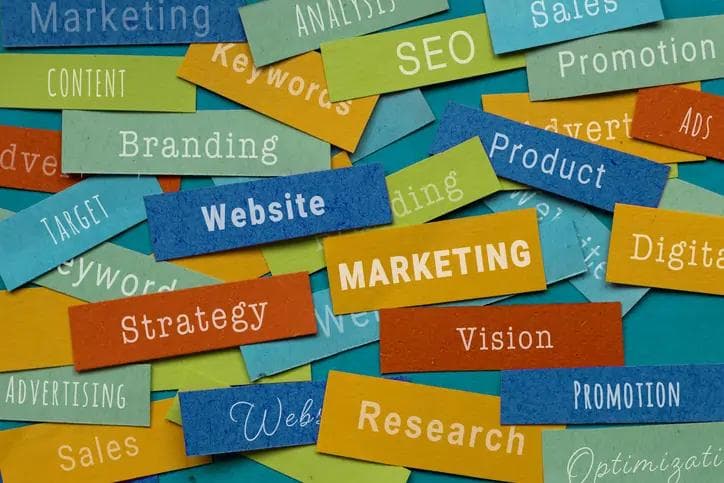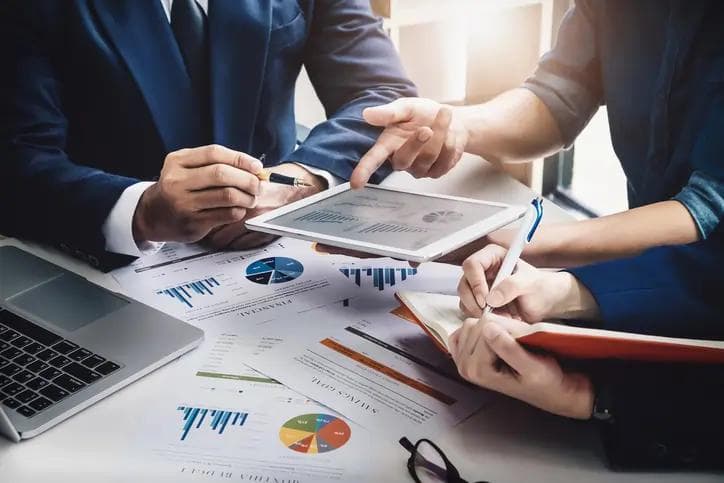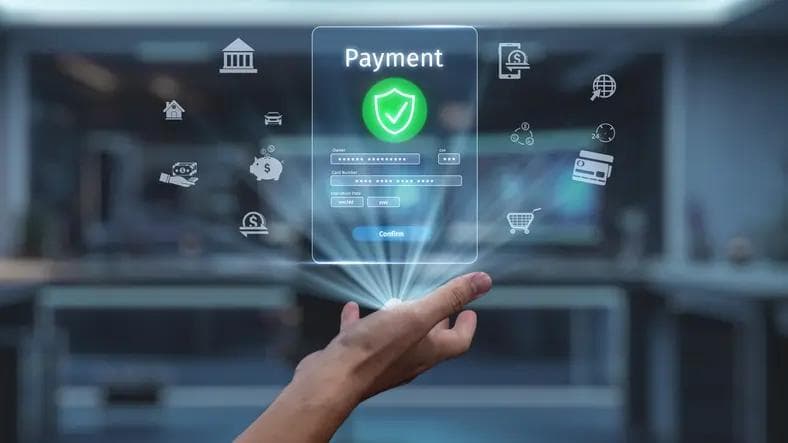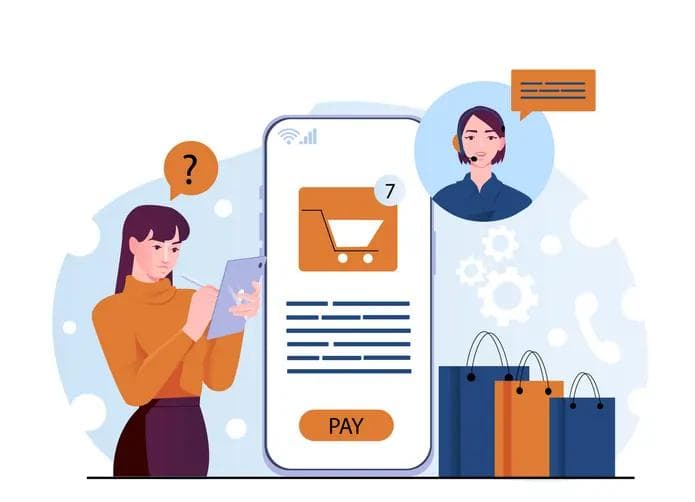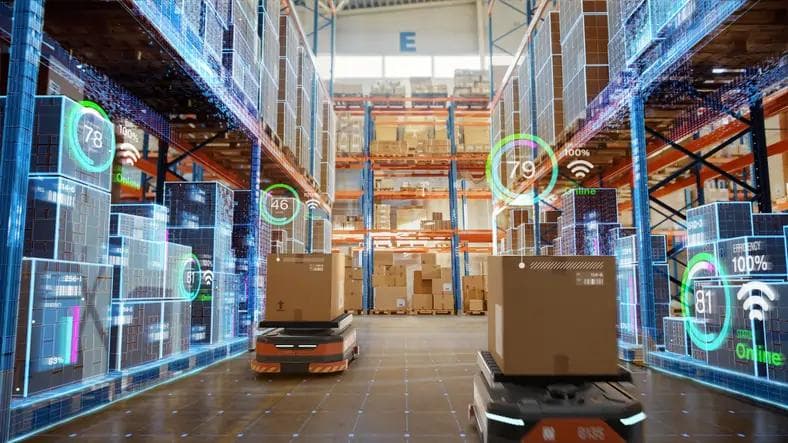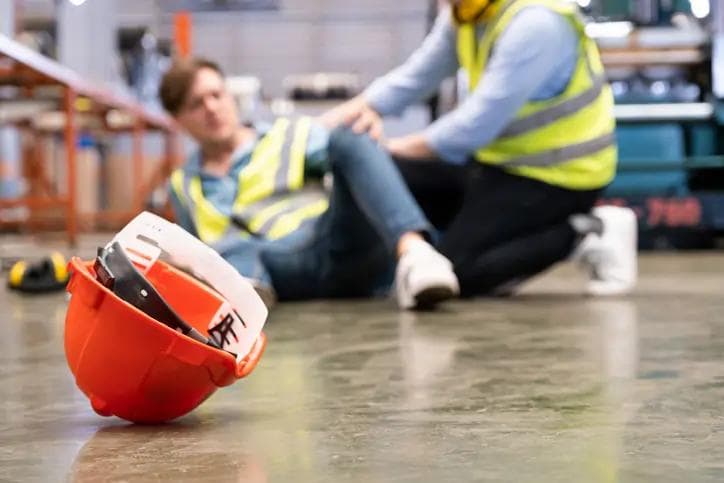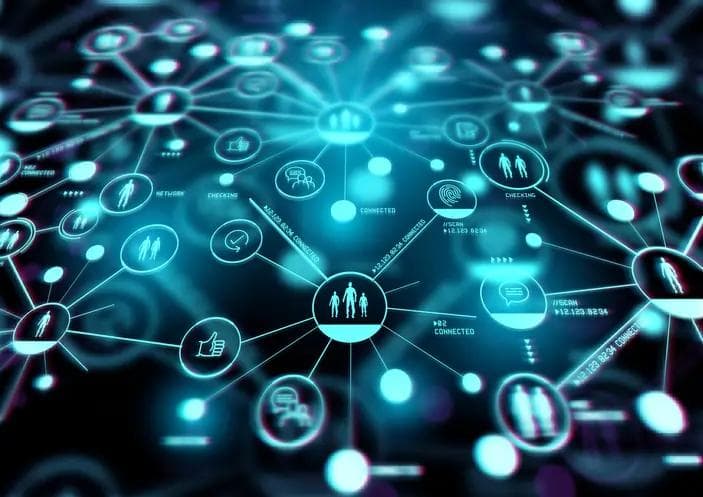The Rise of Digital Twins in Business: From Manufacturing to Financial Modeling
The Rise of Digital Twins in Business: From Manufacturing to Financial Modeling
Published by Jessica Weisman-Pitts
Posted on April 24, 2025
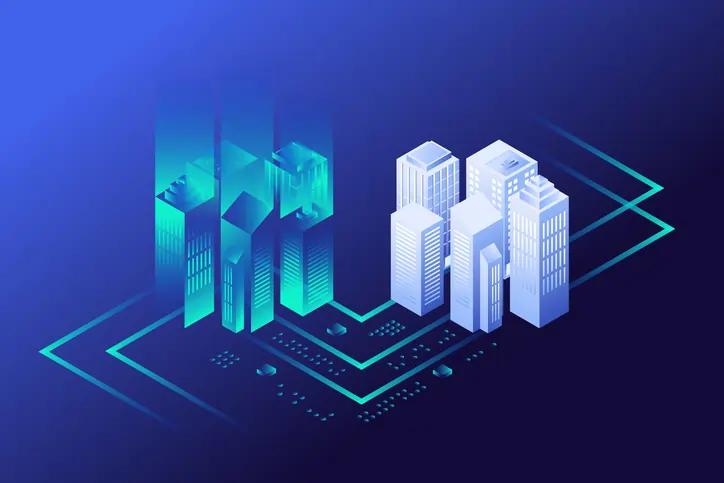
Published by Jessica Weisman-Pitts
Posted on April 24, 2025

Digital twins are gaining prominence as companies seek more precise ways to understand and improve real-world operations. A digital twin is a real-time digital representation of a physical object, process, or system that uses live data to mirror its performance and behavior. These virtual models are built using live data and advanced modeling.
What sets digital twins apart from earlier modeling tools is their ability to continuously update based on incoming data. This makes them not just valuable for visualization, but also for decision-making and risk management. Their use has expanded rapidly beyond manufacturing to sectors including finance, logistics, and infrastructure, each adapting the technology to fit their operational and strategic needs. With digital twins, businesses can make more informed decisions, manage risks more effectively, and plan for the long-term with confidence.
The Digital Twin Revolution
The global digital twin market was valued at $17.73 billion in 2024 and is projected to reach $259.32 billion by 2032, underscoring its growing importance across industries.
Digital twins will evolve into adaptive, predictive tools that integrate artificial intelligence, Internet of Things (IoT) devices, and real-time data analysis. These capabilities will allow businesses to simulate scenarios, anticipate disruptions, and optimize performance—all without interfering with live operations.
Unlike earlier modeling systems, today’s digital twins function as dynamic environments that continuously reflect the conditions of their real-world counterparts. Their use has expanded rapidly beyond engineering, helping organizations make faster, more informed decisions across logistics, energy, finance, and beyond.
Manufacturing: Where It All Began
Manufacturing has long served as the foundation for digital twin adoption. Automotive leaders like BMW are applying the technology to model production lines and simulate supply chain operations. As part of its iFACTORY strategy, BMW has scanned all its production sites in 3D, creating digital replicas that allow teams to plan and optimize operations before making physical adjustments.
These systems rely on sensor networks embedded in physical assets to collect real-time data, which is then processed through analytics platforms and visualized as interactive 3D environments. This architecture has proven particularly effective in predicting equipment failures, optimizing production schedules, and reducing downtime.
By using digital twins to test scenarios and identify process improvements early, manufacturers are improving efficiency, reducing risk, and shortening development cycles— establishing digital twins as a core operational capability.
Financial Services: The New Frontier
The financial sector is increasingly leveraging digital twin technology to enhance modeling, risk assessment, and service personalization. Banks, for instance, are using digital twins to create virtual representations of individual customer financial profiles, allowing for improved simulations of spending behavior, creditworthiness, and financial outcomes.
Institutions are also deploying digital twins in treasury operations to simulate liquidity flows and in risk departments to test stress scenarios under various market conditions. These applications support greater accuracy in forecasting and regulatory compliance while improving operational agility. Use across operations is expanding, including modeling of internal systems and external interactions.
One example is Financial Network Analytics (FNA), which offers a digital twin solution that simulates entire financial networks. This helps banks uncover systemic risk, optimize network structures, and improve resilience across interconnected operations.
By replicating both internal environments and market-facing scenarios, digital twins are giving financial institutions a clearer, more dynamic view of risk and performance—turning data into a tool for more responsive and strategic decision-making.
Retail and Logistics: Reimagining the Supply Chain
Retailers and logistics operators are increasingly turning to digital twins to improve operational visibility and efficiency across the supply chain. Major brands such as IKEA, Home Depot, and Wayfair use technology to visualize products in real-time, optimize inventory, and enhance the customer experience through virtual staging and warehouse simulation.
In distribution environments, digital twins are transforming warehouse management. These systems generate detailed 3D representations of warehouse layouts, tracking everything from shelving and space utilization to equipment performance and staff movements. This real-time insight supports predictive maintenance, improves workflow efficiency, and allows managers to test changes virtually before implementing them on-site.
GE Vernova has embraced this approach across its industrial operations, using digital twins to monitor asset conditions, anticipate downtime, and schedule maintenance more effectively. These efforts illustrate how the technology can bridge the gap between operational strategy and execution, improving performance and cost control.
By enabling more granular visibility and data-driven scenario planning, digital twins are helping retail and logistics companies manage complexity and meet rising demands for speed, accuracy, and flexibility.
The Technology Stack Enabling Digital Twins
The effectiveness of a digital twin depends on the strength of the technology stack supporting it. At the foundation are Internet of Things (IoT) sensors that capture real-time data from physical assets—ranging from temperature and vibration to energy consumption and machine performance. This data is continuously transmitted to central platforms where it is aggregated, processed, and analyzed.
Artificial intelligence and machine learning are key in identifying patterns, forecasting outcomes, and enabling predictive analytics. These capabilities help digital twins evolve beyond static models into responsive systems that can adapt to new inputs and changing conditions.
Cloud computing provides the infrastructure for storing and scaling large volumes of data, enabling remote access and collaboration. For environments that require faster processing closer to the source, edge computing is increasingly being integrated to support real-time responsiveness without the latency of central cloud systems.
Visualization technologies—including 3D modeling engines and interactive dashboards—complete the stack by transforming raw data into intuitive interfaces. These tools allow users to interact with the digital twin, run simulations, and make decisions based on real-time insights.
Together, these technologies enable digital twins to function as integrated platforms for monitoring, analysis, and scenario planning across complex systems.
Implementation Challenges and Solutions
While digital twins offer clear benefits, their implementation presents several strategic challenges that organizations must address.
Data integration is a primary concern. Many organizations operate with fragmented systems and inconsistent data formats, making consolidating inputs into a unified model difficult. Overcoming this requires investment in standardized protocols and middleware that can aggregate and translate data from disparate sources.
Security and privacy are also critical, especially in sensitive operational or customer data sectors. Ensuring robust encryption, secure access controls, and regular vulnerability assessments is essential to maintaining trust and compliance.
Another barrier is the skills gap. Managing and interpreting digital twin environments demands a combination of domain expertise, data analytics, and systems engineering—capabilities that are not always available in-house. Many companies address this by launching training programs, hiring specialized talent, or partnering with external technology providers.
Cost and complexity can also limit adoption, particularly for smaller organizations. A phased approach—starting with high-impact pilot projects—allows companies to build internal capabilities and demonstrate return on investment before scaling to enterprise-wide implementations.
Addressing these challenges early increases the likelihood of long-term success and ensures that digital twins become integral to strategic operations rather than isolated technology projects.
Future Trajectories
Digital twins are becoming a central component of enterprise strategy across sectors. Organizations use them to drive operational efficiency, enhance predictive capabilities, and support more responsive decision-making. A key advancement in the field is the growing integration of edge computing, which allows data to be processed closer to the source, reducing latency and enabling faster, localized insights.
This evolution is particularly valuable in settings that demand real-time analytics, such as manufacturing, logistics, and energy systems. It also helps reduce the burden on cloud infrastructure and lowers associated costs.
Digital twins are also contributing to corporate sustainability efforts. By modeling energy use, emissions, and resource flows, companies can identify ways to minimize environmental impact while maintaining performance. As adoption expands, solutions built for one industry are increasingly being adapted for use in others—accelerating innovation and leading to more cohesive, cross-sector applications.
Digital twins are no longer niche tools reserved for engineering and design—they’re becoming essential platforms for operational insight, risk modeling, and strategic planning. Across sectors, businesses are using them to bridge the gap between physical assets and digital intelligence, enabling informed decision-making and operational adaptability.
As technology evolves, its role in business will only deepen. From predictive analytics and real-time optimization to sustainability modeling and cross-sector innovation, digital twins are changing how organizations model and manage operations.
For companies still considering implementation, the question is no longer if—but how best to integrate digital twins to align with long-term goals and deliver measurable value.
Explore more articles in the Business category
